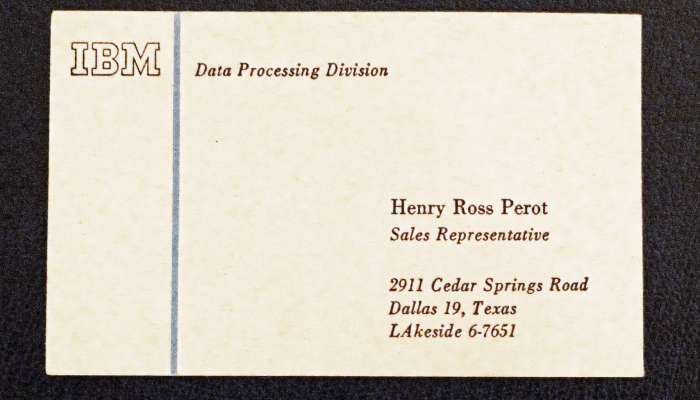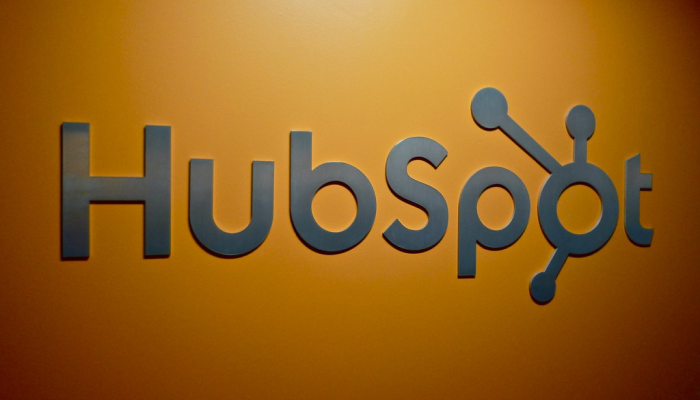
In 1888, a small-town pharmacist named Asa Candler tasted a strange, fizzy drink at his Atlanta drugstore counter and made a decision that would alter the course of history. He paid $2,300, (about $100,000 today), for the recipe to an obscure tonic called Coca-Cola that was selling just nine glasses per day. Within a decade, Candler had transformed that failing pharmacy drink into America's first national beverage brand, and did it using sales techniques that were revolutionary for their time.
The Free Sample Revolution
When Candler encountered resistance from pharmacists who were hesitant to try his syrup, he deployed a tactic that was unheard of in the 1890s: he gave it away. He offered pharmacists who were reluctant to sell the drink the first barrel of syrup for free.
This wasn’t generosity—it was calculated psychology. Candler understood that skeptical pharmacists needed proof, not promises. By offering the first barrel free, he removed all financial risk from the decision. The only way they could lose money was by not trying at all.
But Candler took the strategy a step further. He flooded cities with coupons for free glasses of Coca-Cola, creating artificial demand that pharmacists couldn't ignore. Suddenly, customers were walking into drugstores specifically asking for a product the pharmacist had never heard of. The fact that the original recipe included cocaine until 1903, probably helped make the “first glass is free” tactic more effective.
The Army of Traveling Salesmen
While competitors relied on newspaper ads listing the medicinal benefits of their tonics, Candler built something unprecedented: a professional sales force. A team of traveling Coca-Cola syrup salesmen was sent out to ensure that pharmacists were mixing the beverage correctly with carbonated water, and that their stores were properly adorned with Coca-Cola logos and signs.
These weren't just salespeople, they were also brand evangelists and quality control specialists. Candler understood that consistency was critical for building trust. If a customer had a bad Coca-Cola experience because a pharmacist mixed it incorrectly, it could kill future sales across an entire region.
His traveling salesmen carried more than order books. They brought branded serving trays, apothecary scales emblazoned with the Coca-Cola name, and fresh advertising materials. Every pharmacy became a perfectly orchestrated Coca-Cola experience, from the moment customers walked in, to the branded tray their drink was served on.
The Psychology of Ubiquity
In 1891, when most Atlanta merchants spent less than $100 annually on advertising, Candler invested $11,000, just under $400,000 in today's dollars. But this wasn't random spending. Candler had discovered something that wouldn't be formally studied by psychologists for decades: the mere exposure effect. The more people saw the Coca-Cola name, the more they wanted to try it. Today, Coca-Cola has significantly upped their spending to around $4 billion annually on global advertising—mostly on brand awareness campaigns focused on exposure.
Candler ordered 45,000 calendars emblazoned with the red Coca-Cola logo in his first year alone. Each month, his team painted fresh Coca-Cola signs on the sides of brick buildings across Atlanta. The signature Spencerian script of the logo became as recognizable as the taste itself.
The National Sales Machine
By 1895, just seven years after purchasing the recipe, Candler had sent salesmen across the country instructing druggists not only how to sell Coca-Cola, but how to market it effectively. The same year, he announced that "Coca-Cola was now being drunk in every state and territory in the United States."
His sales force understood something that modern sales professionals still struggle with: it's not enough to get your product on the shelf. You have to train your distribution partners to sell it properly, support them with marketing materials, and create consumer demand that pulls them into the sales process.
When Candler sold Coca-Cola in 1919 for $25 million, he had proven that the right sales strategy could turn any product into a national phenomenon. His techniques — free samples to reduce risk, professional sales forces to ensure consistency, ubiquitous branding to create familiarity — became the foundation of modern consumer marketing.
The lesson for sales professionals is simple: Candler didn't succeed just because he had a better product. He succeeded because he understood the psychology of selling to skeptical buyers and built systems to execute those insights at scale.







